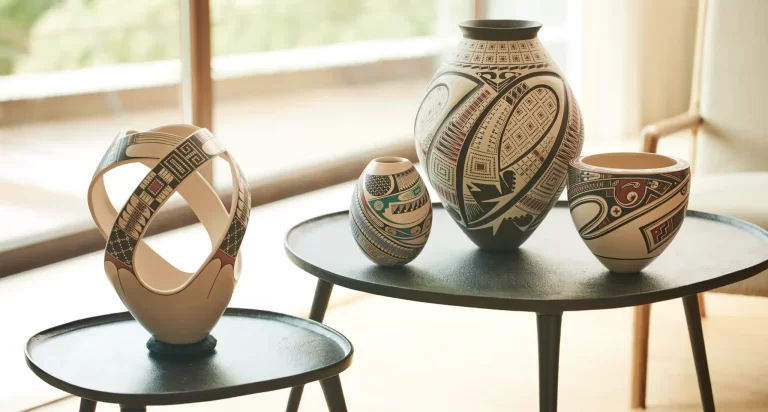Nestled in the heart of Oaxaca, Teotitlán del Valle is a town where the Zapotec tradition of weaving thrives, producing rugs that are as famous as they are beautiful. These handcrafted rugs merge centuries of history with the expertise and creativity of local artisans, each piece telling a story through its unique designs and natural colors.
Pre-Columbian Roots
The art of textile creation in Mexico stretches back to pre-Hispanic times, when women crafted fabrics using backstrap looms, a technique that still endures in some indigenous communities. In Teotitlán del Valle, this tradition evolved with the introduction of the foot loom by the friars, adding a new dimension to their craft.
The Art of Wool Loom Rugs
Creating a Teotitlán rug is a labor of love, beginning with the gathering of sheep wool, which is then washed, carded, and spun into strong threads. Artisans dye this wool using natural pigments—cochineal for rich reds, indigo for deep blues, and marigold for vibrant yellows. This eco-friendly approach ensures not just color quality but also maintains a deep connection to the land and its resources.
Ancestral Designs
Teotitlán del Valle rugs are more than decorative pieces; they’re woven narratives that showcase the rich cultural heritage of the Zapotec people. Traditional designs feature geometric patterns and motifs that symbolize natural elements and ancient deities. Many artisans also incorporate contemporary motifs inspired by famous artworks, blending past and present in a way that captivates collectors around the globe.
A Cultural Experience
Visiting Teotitlán del Valle feels like stepping back in time. Family-run workshops welcome visitors, offering a firsthand look at the rug-making process and the use of natural dyes. The town also hosts cultural events that celebrate Zapotec identity, such as Day of the Dead, where rugs and other textiles adorn altars, highlighting their integral role in local traditions. Teotitlán del Valle rugs are not just crafts; they’re legacies of cultural heritage that have stood the test of time. Owning one means bringing home a piece of art and a slice of history, capturing the essence and spirit of a town whose identity is woven into every thread.
